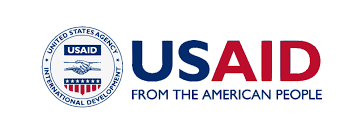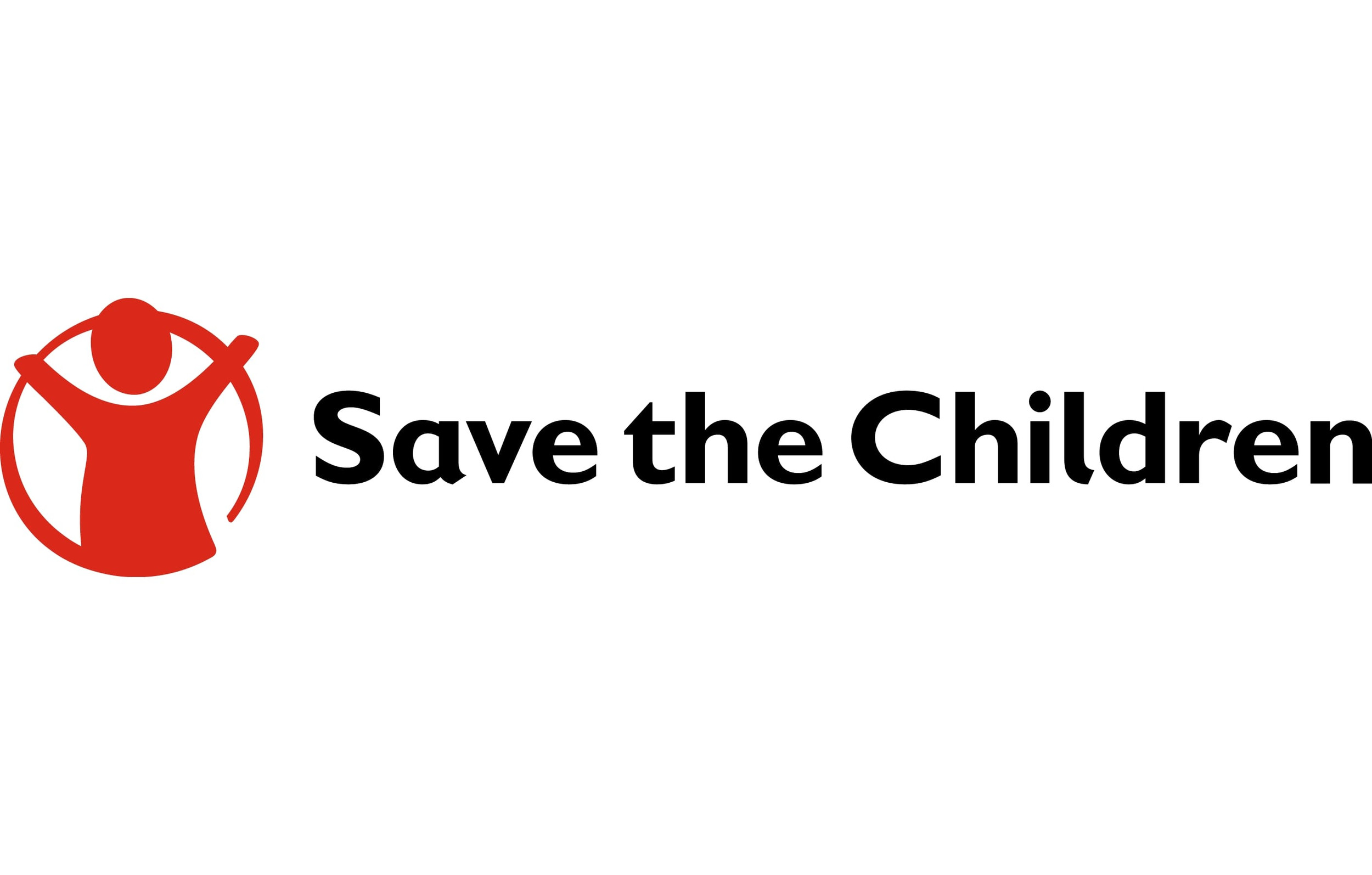The Impact of a Graduation Program on Livelihoods in Refugee and Host Communities in Uganda
Abstract
Evidence from multiple contexts suggests that the Graduation Approach, which provides holistic livelihood support for ultra-poor households, has lasting positive impacts on a range of outcomes. However, Graduation programs are relatively expensive because of the intense level of support they offer. The costs pose a challenge for governments that want to implement the approach at scale. In Uganda, researchers worked with Innovations for Poverty Action to conduct a randomized evaluation to better understand the effectiveness of several variants of a Graduation program focused on improving nutrition and self-reliance among populations in and around a refugee settlement. The program had significant positive impacts for both program participants and their households on key outcomes, including food security, nutrition, and self-reliance. All variations of the program also had large positive returns on investment.
Policy Issue
As of 2015, over 736 million people worldwide lived on less than $1.90 per day. People living at this level of income face numerous obstacles to improving their well-being. Previous research from six countries found that the Graduation Approach, which aims to confront these obstacles simultaneously by combining a series of six components designed to help recipients build new livelihoods, had positive impacts on a wide range of outcomes after three years. While the Graduation Approach has been successful, it is expensive for many governments to implement. Less is known about the relative costs and benefits of individual standard components of Graduation, which typically include cash grants, asset transfers, skills training, individual coaching, access to savings groups, and basic healthcare. This project aims to identify cost-effective strategies for providing a Graduation program in both a refugee settlement and the communities surrounding it.
Context of the Evaluation
Many residents of Western Uganda’s Kamwenge District, where this evaluation took place, face chronic food insecurity. The Kamwenge district hosts the Rwamwanja Refugee Settlement, where approximately 85,000 refugees from the neighboring Democratic Republic of the Congo live. The primary goal of the Graduation Approach in this setting was to improve food and nutrition security and self-reliance among extremely poor households in the Rwamwanja Refugee Settlement and the surrounding host communities.
The Graduating to Resilience Activity was designed to address this insecurity. Funded by USAID’s Bureau for Humanitarian Assistance, the AVSI Foundation, along with Trickle Up and American Institutes for Research (AIR), implemented the program for 6,600 households in Western Uganda from 2018 to 2021.
Details of the Intervention
Researchers worked with Innovations for Poverty Action, AVSI Uganda, USAID, and Save the Children to conduct a randomized evaluation to compare the cost-effectiveness of different variations of graduation programming (including a full graduation program and lower-cost versions) on consumption, assets, food security and other measures of well-being for refugees and host communities.
Following an eligibility verification exercise, 11,000 households were enrolled in the evaluation—5,500 households across 42 villages in the Rwamwanja Refugee Settlement and 5,500 households across 72 villages in the host community.
Half of all villages were randomly assigned to participate in the Graduation program; the households in the remaining half were not offered any Graduation program and served as a comparison group. Within villages that received the program, eligible households were randomized into four groups: three groups that vary in the level of support provided by the Graduation program variants and one within-village comparison group.
In detail, the different evaluation “arms” were as follows:
- Individual Coaching Graduation Arm (2,200 households): Participants in this group received a full graduation program, consisting of consumption support in the form of continuing cash transfers (US$280-320 in total, over 12 months), a cash asset transfer six months after the beginning of the program (US$300), the establishment of savings groups, agricultural and business training, and weekly individual coaching sessions.
- Group Coaching Graduation Arm (2,200 households): Participants in this group received all components. However, in place of weekly individual household-level coaching, these participants received coaching in group meetings of around 25 households once every two weeks, to evaluate whether this lower-cost model can retain the effectiveness of the existing model.
- No-Asset Graduation Arm (2,200 households): Participants in this group received all components of the Full Graduation Group except the cash asset transfer.
- Within-village Comparison Arm (2,200 households): In each village that receives a graduation variant, this group of households did not receive the intervention.>
- Across-village Comparison Arm (2,200 households): In the comparison villages, no households were offered participation in the program.
The researchers conducted surveys to measure household-level impacts on food security, nutrition, income, assets, child development, and several other outcomes over a period of 30 months.
Results and Policy Lessons
The program had significant positive impacts for both program participants and their households on key outcomes, including food security, nutrition, and self-reliance.
Productive asset values increased by between 40 percent (for the No-Asset Graduation Arm) and 88 percent (for the Individual Coaching Graduation Arm) on average relative to the comparison group mean.
Total household income increased by between 32 percent (for the No-Asset Graduation Arm) and 45 percent (for the Individual Coaching Graduation Arm) on average relative to the comparison group mean.
Consumption per capita increased by 18 percent (for the No-Asset Graduation Arm) and 25 percent (for the Individual Coaching Graduation Arm) on average relative to the comparison group mean.
Household food security, while self-reported measures of household food security increased, these increases were not reflected in an increase in anthropometric indicators, such as stunting or wasting, or, more generally, height and weight measures.
In addition, increased self-reported measures of food security among young children and women of reproductive age did not translate to improvements in child development measures. Results suggest that the benefits of the program that flowed to households did not cascade down to the youngest children in a way that affected their growth and development trajectories. Interventions targeting child development outcomes may need to be added to the model in order to generate significant impacts.
Participants’ subjective well-being increased substantially, with households reporting better mental health and higher life satisfaction.
Impacts are generally larger for host communities compared to refugee populations (especially for asset holdings), except in consumption, where the effects are similar for the two groups. The effect on livestock holdings is larger in the host population in absolute terms but higher in the refugee sample relative to the respective comparison groups.
Cost-effectiveness of the Graduation Approach variations: Combining the estimated consumption impacts with cost data and assumptions about discounting and dissipation of effects over time, researchers found large positive returns on investment for all program variations under most scenarios. The arm with group coaching has similar impacts to the one with individual coaching but costs 13 percent less. In the version of the program without an asset, the program’s costs exceed the sum of the projected consumption benefits in some of the scenarios, suggesting that cost savings might need to focus on the non-transfer components of the program.
Sources
1 Banerjee, Abhijit, Esther Duflo, Nathanael Goldberg, Dean Karlan, Robert Osei, William Parienté, Jeremy Shapiro, Bram Thuysbaert, and Christopher Udry. 2015. “A Multifaceted Program Causes Lasting Progress for the Very Poor: Evidence from Six Countries.” Science 348 (6236): 1260799














